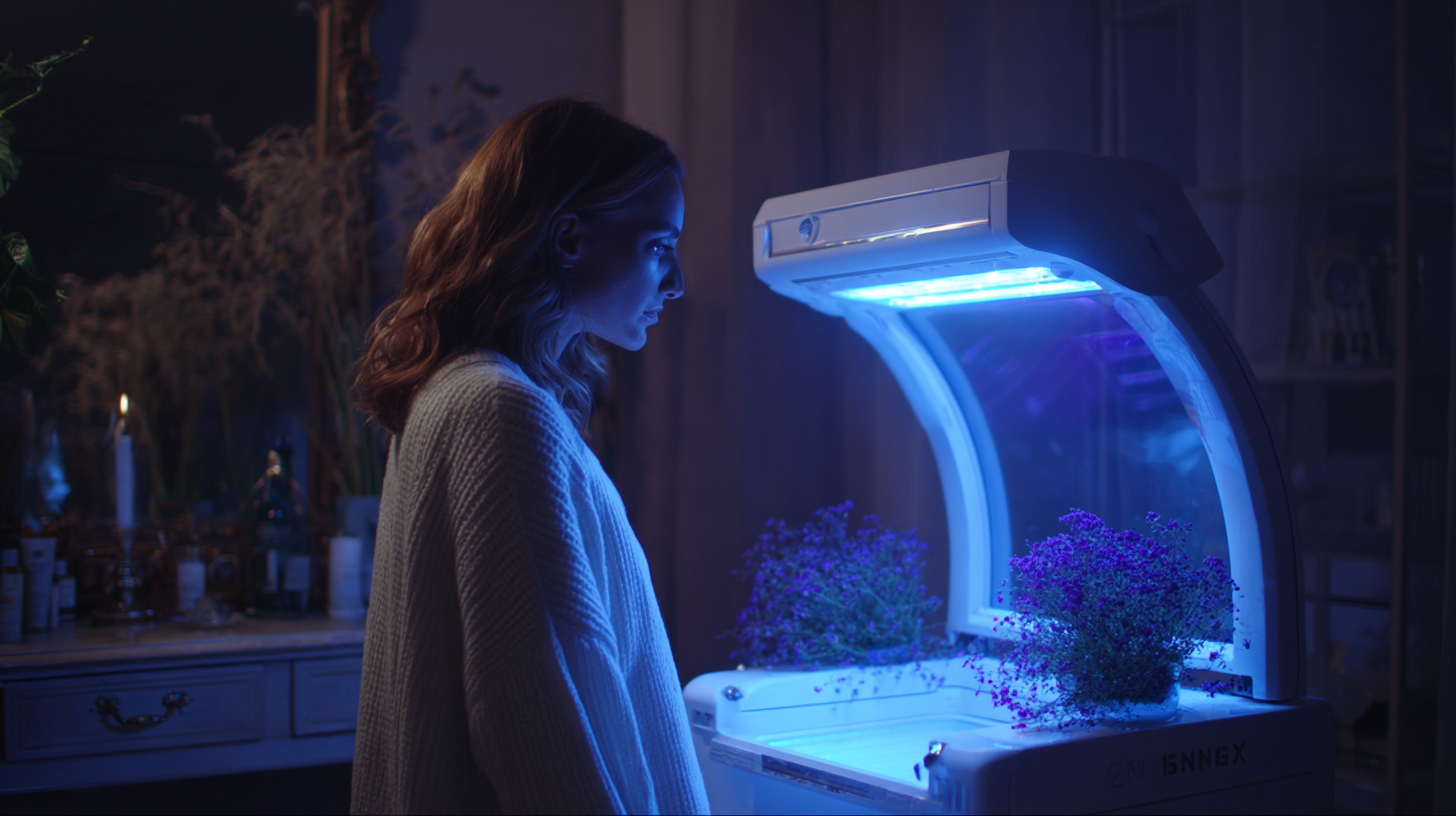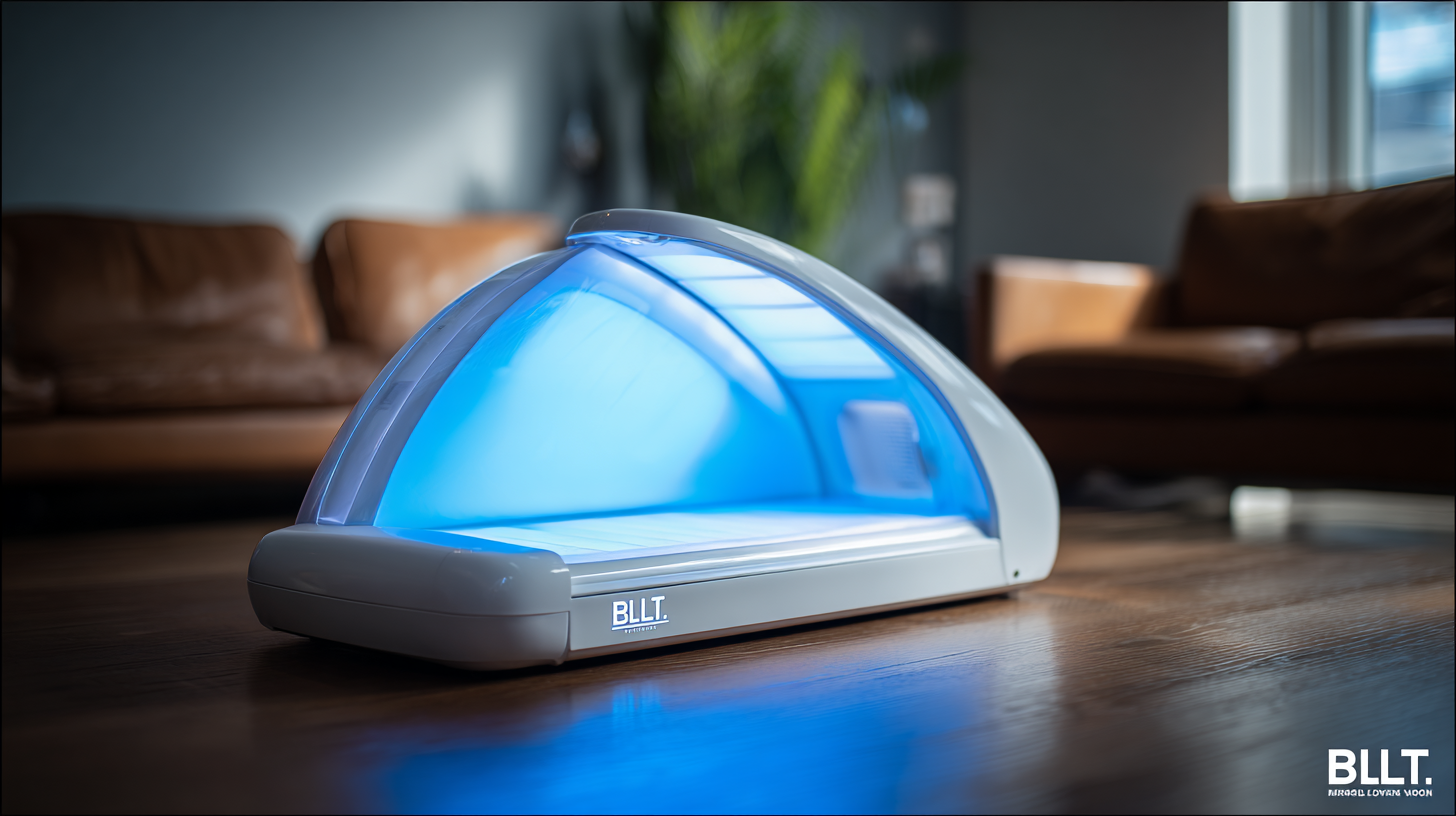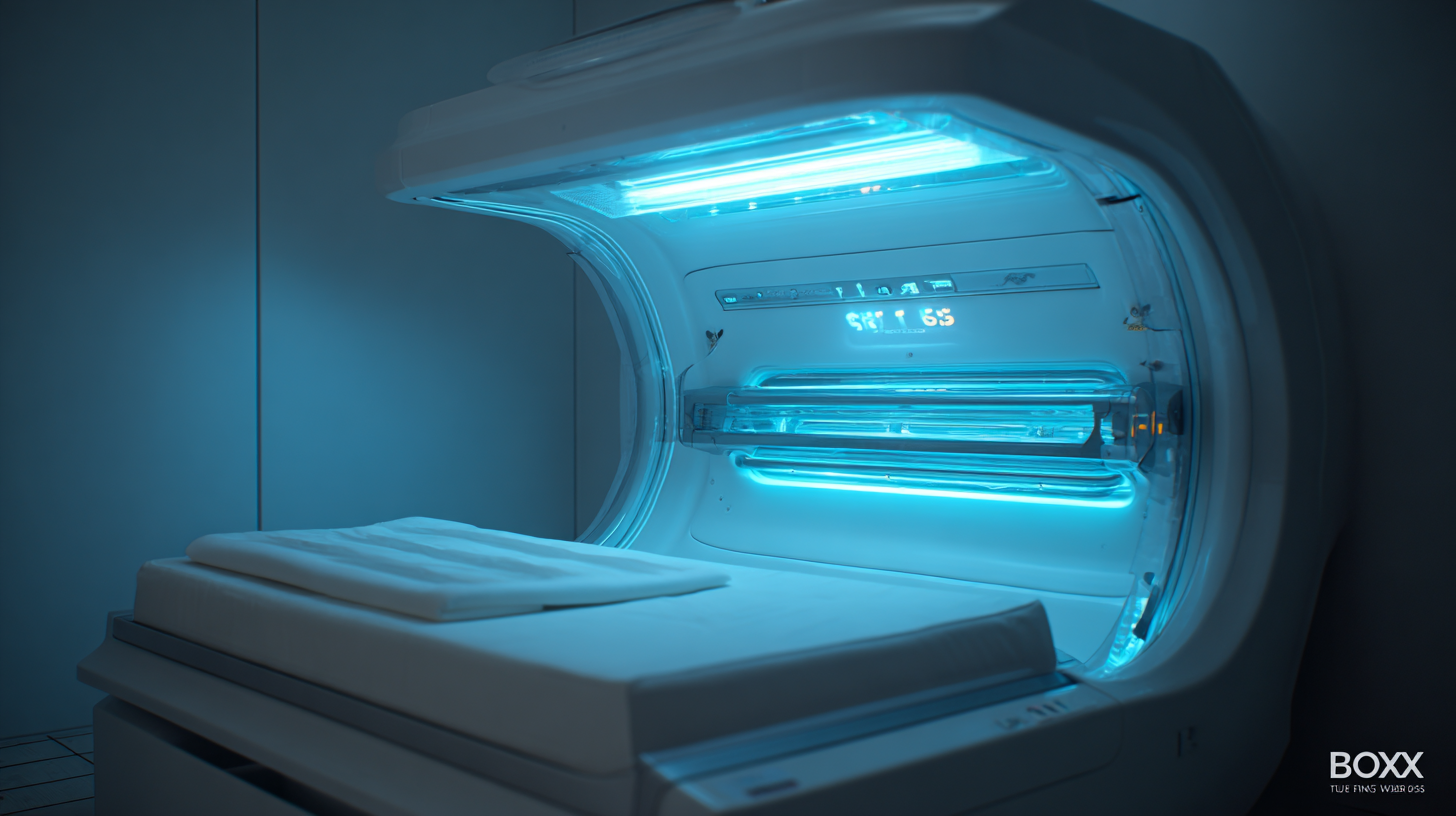Exploring the Future: How Best Light Therapy Machines Will Revolutionize Wellness in 2025
As we venture into the future of wellness and health,
Light Therapy Machines are poised to play a transformative role in our daily lives by
2025. According to a report by Grand View Research, the global light therapy market was valued at approximately
$1.3 billion in 2022 and is projected to grow at a compound annual growth rate (CAGR) of
5.4% over the next several years. This surge can be attributed to the growing awareness of
mental health issues and the demand for non-invasive treatments for conditions such as
Seasonal Affective Disorder and sleep disorders. Moreover, the advancements
in technology that drive these machines, including improved LED capabilities, have made light therapy more
accessible and effective. This blog will delve into the benefits of various types of
Light Therapy Machines and explore how they are set to revolutionize wellness practices,
enhancing both physical and mental well-being in the years to come.

The Evolution of Light Therapy: Historical Perspectives and Recent Advances
Light therapy, a practice with roots stretching back centuries, has evolved significantly over time. Originally used in ancient traditions as a means to harness the power of natural sunlight, such as in the treatment of seasonal affective disorder, the practice has undergone transformative advancements. Early applications were rudimentary, relying solely on sunlight exposure, but as our understanding of light's effects on human health deepened, the development of artificial light sources began. These innovations paved the way for more targeted therapies, utilizing specific wavelengths to address various health issues.
Recent advancements have introduced sophisticated light therapy machines that are revolutionizing how we approach wellness. With cutting-edge technology, these devices provide customizable treatments that can enhance mood, improve skin conditions, and even alleviate chronic pain. By harnessing the benefits of LED and laser therapies, modern machines are not only more effective but also accessible for home use.
As we look ahead to 2025, the integration of AI and wearable technology promises to refine these treatments further, tailoring light exposure to individual needs and preferences. This evolution signals a new era in health and wellness, where light therapy is poised to become a mainstream solution for holistic well-being.
Understanding Different Types of Light Therapy Machines and Their Benefits
Light therapy machines are becoming increasingly prominent in the wellness industry, offering a multitude of benefits that cater to various health concerns. According to a report from Grand View Research, the global light therapy market size was valued at approximately $1.7 billion in 2022 and is projected to grow at a compound annual growth rate (CAGR) of 6.8% through 2030. This growth is driven by the rising awareness of mental health issues and the effectiveness of light therapy in alleviating conditions such as Seasonal Affective Disorder (SAD) and sleep disorders.

Different types of light therapy machines, such as LED panels and handheld devices, utilize specific wavelengths that penetrate the skin to promote healing and stimulate collagen production. For instance, red light therapy has been shown to reduce inflammation and accelerate recovery for conditions like acne and psoriasis. A study published in the journal “Photomedicine and Laser Surgery” found that 80% of participants experienced significant improvement in their skin condition after consistent use of red light therapy over a few weeks.
As we move towards 2025, advancements in technology and increased consumer accessibility will further revolutionize how these machines integrate into our daily wellness routines, making them essential tools for both physical and mental health improvement.
Key Features to Look for in the Best Light Therapy Devices for Wellness
As we move into 2025, light therapy devices are gaining traction for their ability to enhance wellness through innovative features and advanced technology. The best light therapy machines on the market today promise not only pain relief but also improvements in skin health and deeper sleep. A recent report showed that 72% of users experienced significant skin rejuvenation effects after consistent use, while 66% reported faster recovery from physical discomfort. This speaks volumes about the growing efficacy of these devices.
Key features to look for in the best light therapy devices include photobiomodulation technology, which has been shown to promote tissue repair and reduce inflammation. Modern devices are now being designed with user-friendliness in mind, many offering customizable settings for different treatment types, such as targeted pain relief or ambient light therapy for better sleep. Devices with FDA clearance also add an extra layer of credibility, providing users with confidence in their effectiveness. As the wellness industry embraces these advancements, consumers can expect a more holistic approach to health that can be seamlessly integrated into their daily routines.
Integrating Light Therapy into Daily Routines: Practical Strategies for Users
As we look toward 2025, the integration of light therapy into our daily routines presents an exciting step forward in wellness practices. According to a report by Grand View Research, the global light therapy market was valued at over over $1 billion in 2022 and is expected to grow at a CAGR of 5.8% from 2023 to 2030. This growth is driven by a rising awareness of the benefits associated with light therapy, including mood enhancement, improved sleep quality, and skin rejuvenation.

To make the most of light therapy, users can adopt practical strategies that seamlessly fit into their everyday lives. For instance, utilizing dawn simulators can help individuals wake up more naturally and elevate their mood before they even get out of bed. Incorporating light therapy lamps in home or office spaces during midday breaks can not only combat fatigue but also boost productivity levels. A study published in the Journal of Affective Disorders found that consistent usage of light therapy can significantly reduce symptoms of seasonal affective disorder (SAD), demonstrating its efficacy as a daily wellness tool. By thoughtfully integrating these practices, individuals can harness the power of light therapy to enhance their overall well-being in the years to come.
Future Innovations: Predictions for Light Therapy Technology by 2025
As we look ahead to 2025, the landscape of light therapy technology is poised for groundbreaking innovations. With advancements in LED and laser technology, future light therapy machines are likely to become more compact, efficient, and user-friendly. Portable devices that utilize multi-wavelength spectra will allow users to target various skin concerns, from acne to signs of aging, all from the comfort of their homes. These advancements will not only enhance usability but also democratize access to effective wellness solutions, making light therapy a staple in personal health routines.
Moreover, by 2025, we can expect a significant integration of smart technology within light therapy devices. Features like personalized treatment plans based on skin type and conditions, app connectivity for progress tracking, and AI-driven recommendations will create a tailored experience for users. The use of biometrics would enable devices to adapt to individual needs in real-time, ensuring optimal results. As light therapy continues to evolve, its role in promoting overall wellness will grow increasingly critical, leading to healthier, more radiant lives.
Exploring the Future: How Best Light Therapy Machines Will Revolutionize Wellness in 2025
| Feature |
Description |
Predicted Impact by 2025 |
| Smart Integration |
Integration with smartphones and health apps for personalized therapy |
Enhanced user experience and customized treatment plans |
| Portability |
Compact designs allowing easy transport and use in various settings |
Increased accessibility for users on-the-go |
| Multi-Spectrum Light |
Use of different wavelengths to target various health issues |
Broader applications for conditions like anxiety and skin issues |
| AI-Driven Therapy |
Artificial intelligence analyzing user data for optimized therapy |
More effective and quicker adjustments to treatment plans |
| Sustainability |
Use of eco-friendly materials and energy-efficient designs |
Positive environmental impact and appeal to eco-conscious consumers |







